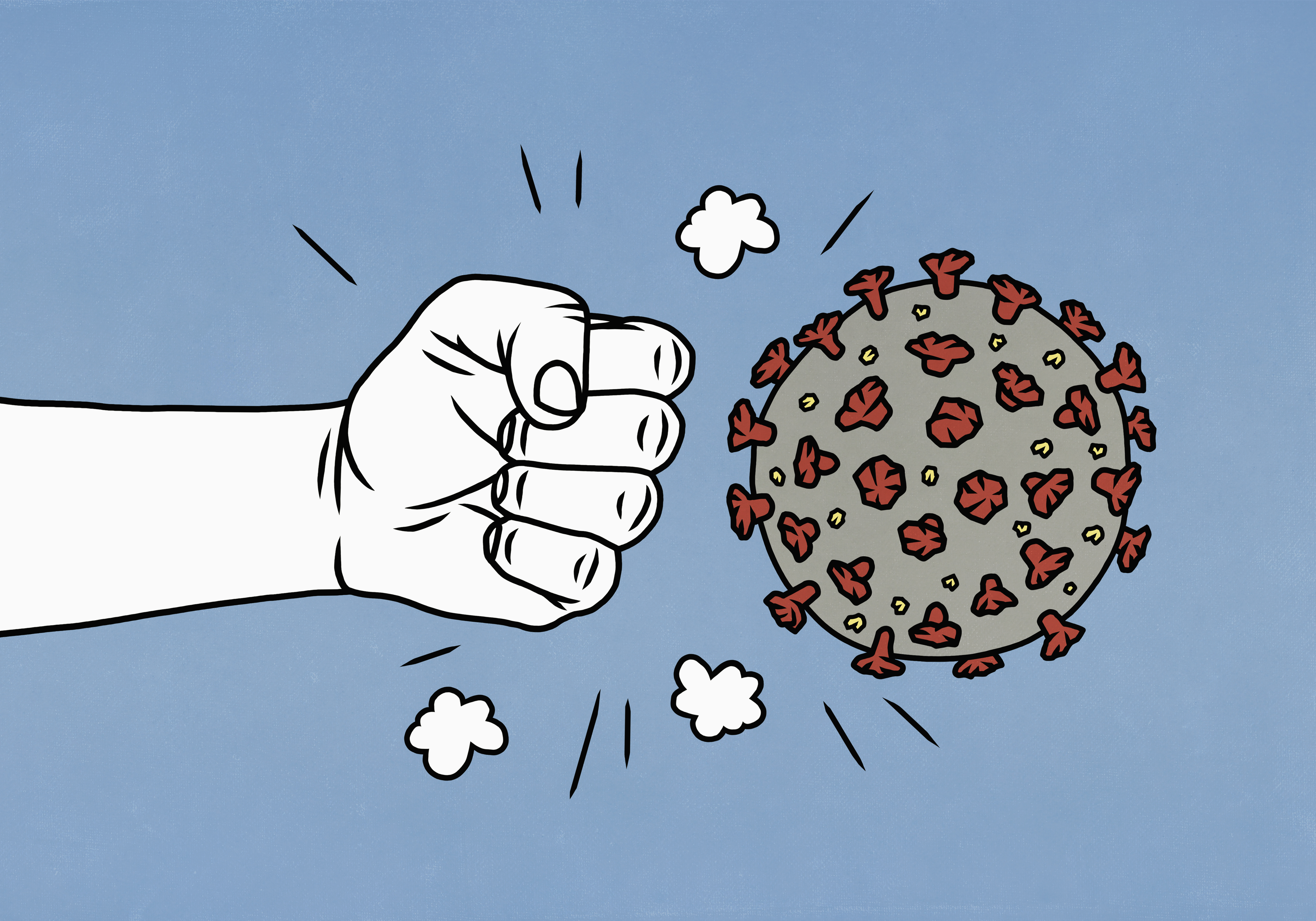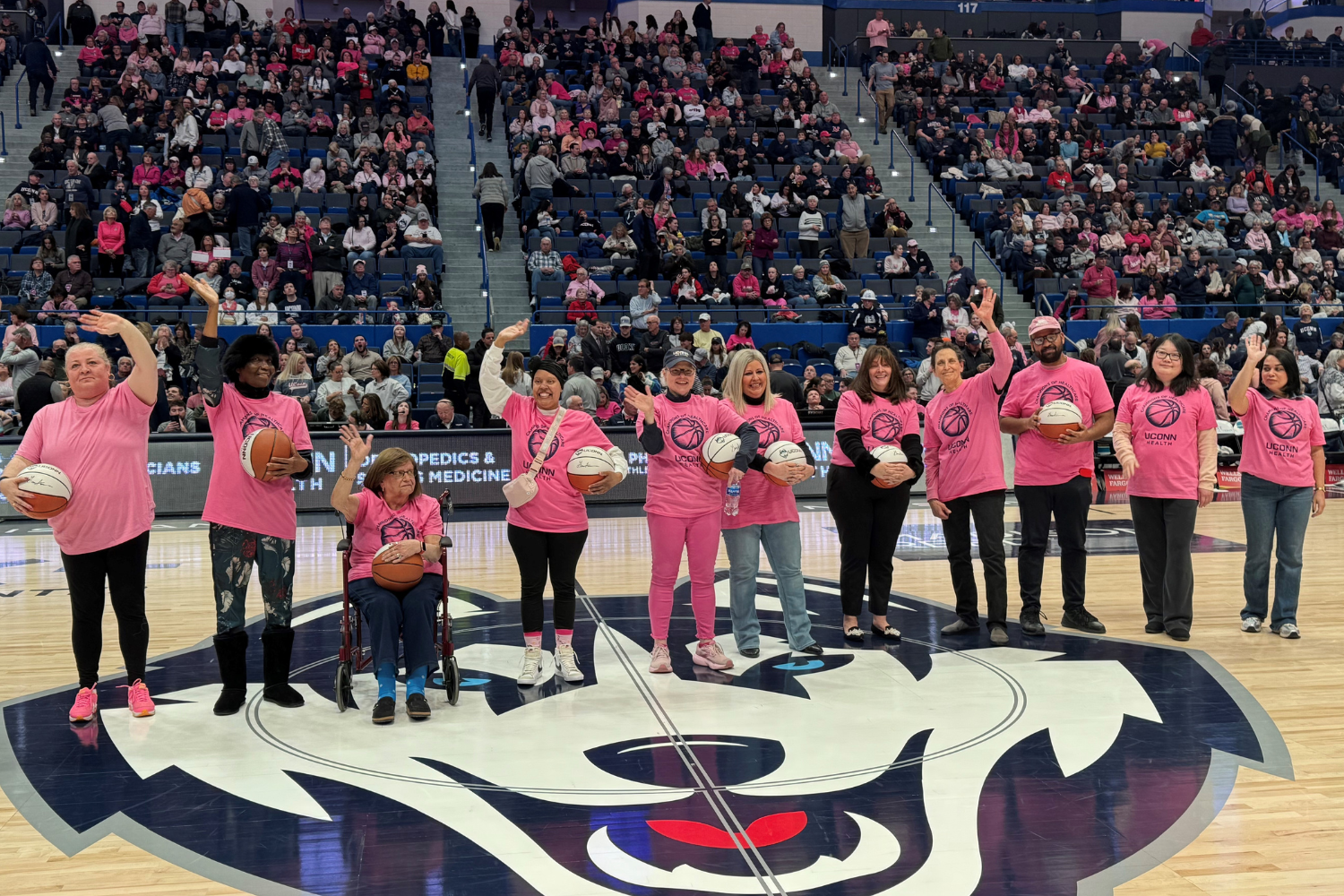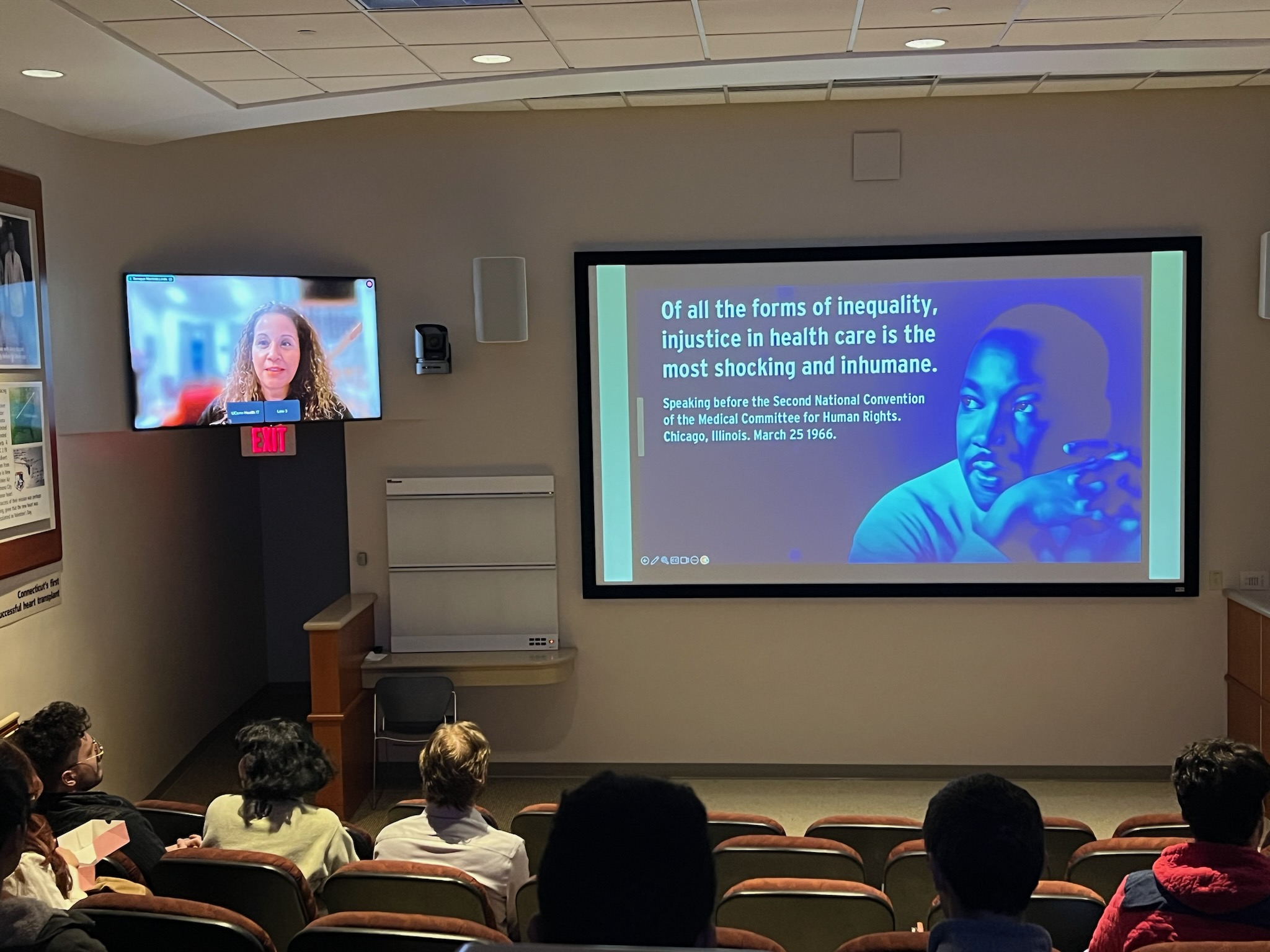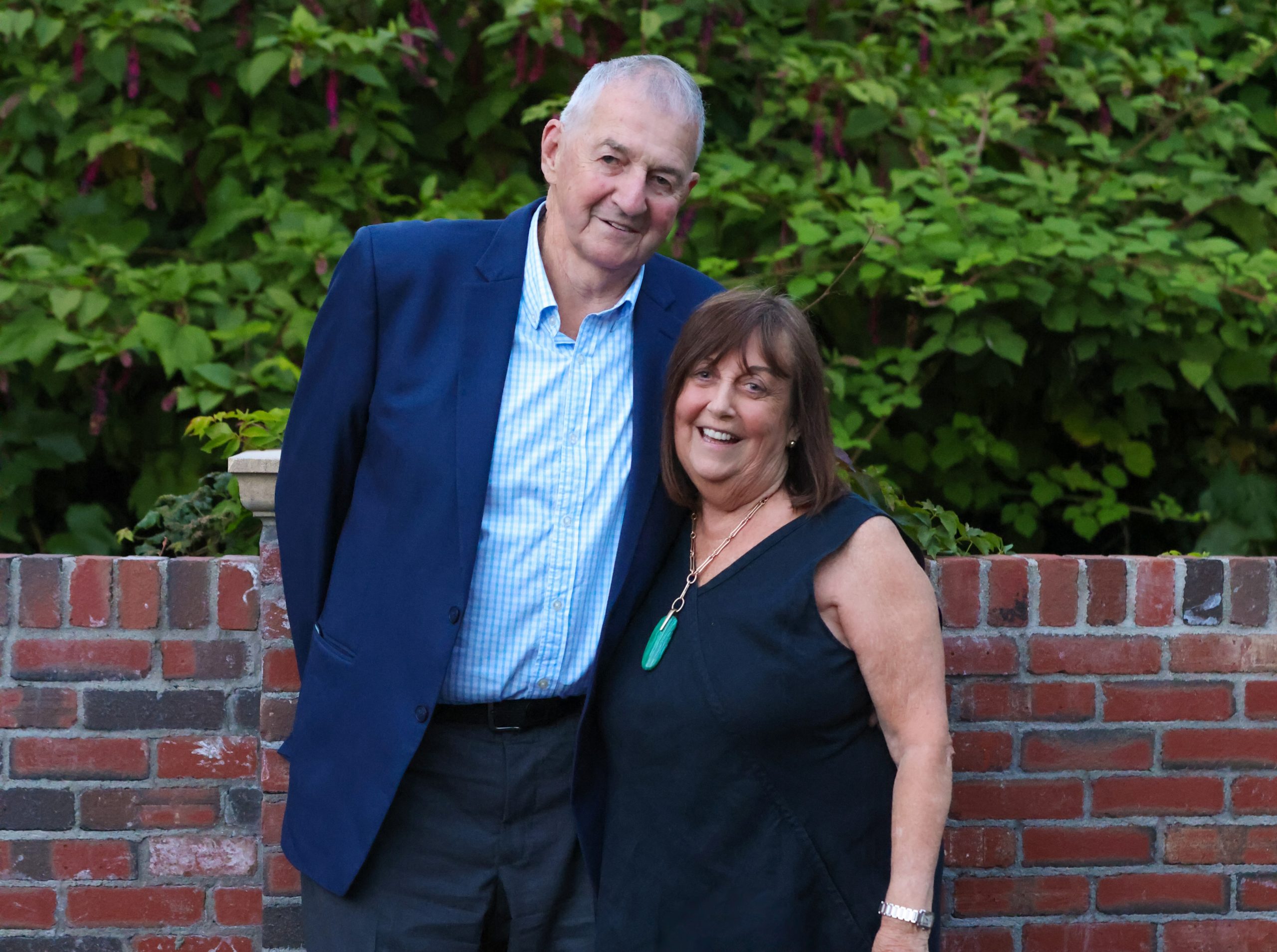If virus infections were like subway rides, antiviral drugs would be like blocks on the tracks: shut down enough stations, and the virus can’t go anywhere. Finding those weak spots in the coronavirus infection that causes COVID-19 is the goal of Ranjan Srivastava’s newest project.
Srivastava, the department head of Chemical and Biomolecular Engineering at UConn, has experience mathematically modeling how the Hepatitis B virus spreads and causes liver cancer. He suspected the same kind of analysis might be useful at finding weak points in the novel coronavirus SARS-COV-2 that causes COVID-19.
Instead of modeling how the coronavirus spreads from person to person, or the hook it uses to pry open and infect cells, Srivastava takes a broader approach: he uses the probabilistic mathematical tools used to study potential chemical reaction sequences. Each stop on the subway ride of infection has a certain probability of occurring. Will a virus particle find a cell to infect? Will it be able to pass through the cell wall? Once inside, will it find the cell nucleus? And if it finds the nucleus, will it be able to reproduce itself? Each of these steps involves chemical reactions that might or might not actually happen. Srivastava’s models strive to figure out how to make them less likely to occur, and then to figure out if the virus might have alternative ways to cause infection and illness. If there is an alternative—a different route through the subway system—are there good ways to block that route as well?

By taking a wide, systems approach, Srivastava says the results will be significantly more helpful as we race towards identifying antivirals and creating vaccines.
“We have developed an approach that directly links what is happening within cells to how infected cells, uninfected cells, and viral particles interact in a person resulting in much more accurate models,” he says. Coupling what’s happening inside the cell with what’s happening outside the cell could reveal new approaches to derail infections.
It’s still early days in this research. Right now Srivastava’s lab is still building the coronavirus’s subway network. Getting enough data is hard. For example, virologists don’t even agree on how the novel coronavirus actually gets inside a cell. There are two major possibilities, and Srivastava’s models have to account for both. In some cases, his models rely on research done on SARS and other better known coronaviruses. He’s constantly scanning the literature for more specific information on SARS-COV-2.
The research, which is being done through a one-year, $130,000 National Science Foundation Rapid Response Research (RAPID) grant, will be carried out by Srivastava and his team through coding and running simulations. All of their work will be publicly available for any researcher to use.
“Part of the reason I became an engineer and a teacher was to give back to society,” he says. “Being able to be part of this battle and to hopefully make some positive contribution for humanity is truly an honor and a privilege.”
While the final product is about a year away, Srivastava expects to have some crude simulations much sooner, allowing drug researchers to simulate different combinations of solutions against the virus. Perhaps one antiviral drug shuts down one pathway, and another drug will shut down the remaining pathways. Or at least slow the virus down, giving the body more time to fight it off and prevent both the virus and the victim from reaching their final destination. Srivastava’s model hopes to be able to point researchers working on vaccines and treatments in the right direction.
“The model is an approximation. It tells us what is promising, what will most likely not work, and it should tell us where the potentially high-payoff experiments are,” Srivastava says.
Eli Freund in the School of Engineering contributed to this report.



